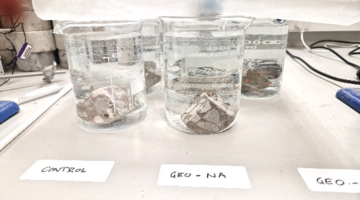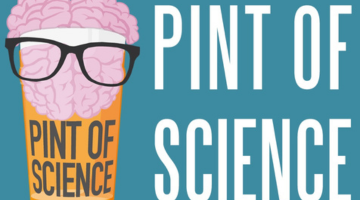Research captures longstanding NI tradition
A published collection of Northern Ireland’s murals, which captures a longstanding tradition of large community-based mural painting, has been produced by LJMU’s Dr Stuart Borthwick.
Dr Borthwick’s research took seven years to complete and involved photographing around 400 murals from across Northern Ireland and placing them within the historical context of ‘the Troubles’, a period of armed conflict that ran from the late 1960s until the peace process of the 1990s and beyond.
It is thought that the tradition of creating murals dates back to the start of the 20th century, with the paintings originally forming a backdrop to unionist's annual celebrations of King William III’s victory at the Battle of the Boyne. This tradition continued throughout the century; through two World Wars, the Easter Rising, the Irish War of Independence, and Irish Civil War. However, during the historical period of the Troubles in the 1980s there was a significant shift. While murals continued to be painted in the heart of unionist communities, they were started to be accompanied by imagery supporting loyalist paramilitary groups and, around the same time, republican activists in nationalist areas also began painting murals.
For the rest of the Troubles and beyond, murals from both political traditions dominated many gable ends of working-class communities in Northern Ireland. During the Troubles, mural painting was perceived to be a dangerous activity which meant that many murals were painted quickly and left unsigned. Nowadays murals are painted at a more leisurely pace and often signed by their creators. Simple or small murals might take a day or two to complete, with more complicated and larger designs taking longer. The design of a mural will often begin with sketches and plans, with some murals involving extensive community consultation.
Dr Borthwick explains: “Rich in evocative imagery, the murals of Northern Ireland represent a stunning exposition of republican and loyalist values framed within a unique cultural form. Mural painting may be a global phenomenon, with bigger, perhaps grander, murals elsewhere, but there are nothing quite like the murals of Northern Ireland. My research does not purport to tell the story of these murals, but reflects upon the story told by the murals themselves, and provides an insight into the relationship between the past, present and future within the North of Ireland.”
The Writing on the Wall: A Visual History of Northern Ireland’s Troubles will be published by Bluecoat Press and launched at the Liverpool Irish Festival. The book will be available for purchase in bookshops and online from next month.


